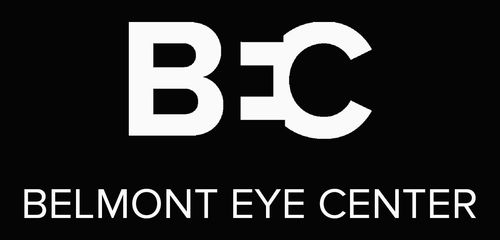Lipiflow
Lipiflow and Blephex Offer Rapid Treatment of Quarantine Induced Eye Discomfort
Our practice has noticed a significant increase in clinical dry eye and meibomian gland dysfunction in many of our patients as a consequence of the COVID-19 induced quarantine. Restrictions for people to work from home wherever possible have led to what can best be described as a ‘living at work’ syndrome; i.e. working all the time and at all hours. We are now working much longer hours than we used to put in when we worked at the office and all the while with eyeballs glued to a computer, laptop, smartphone or TV. Not only is this a strain on the eyes, but it’s also bad for one’s mental and physical health.
Related Pages
Contact lens wearers should note that the American Academy of Ophthalmology suggests they refrain from using contacts through the sheltering in the period to avoid eye irritation and excessive rubbing. Too much touching one’s eyes can lead to conjunctivitis or pink eye. Classic symptoms of conjunctivitis include redness, itching, a foreign body sensation like an eyelash or sand in the eye, grittiness, irritation, discharge, crustiness or much worse. Recent studies demonstrate that COVID-19 can also be contracted by hand to eye contact.
As New York City enters re-opening phase 3 and 4, we encourage patients to come to our practice for management of irritation and eye stress that developed from prolonged confinement in an unvaried environment. Newer in office technologies, including BlephEx and Lipiflow, show excellent results with almost immediate relief. For patients struggling with the daily effects of eye discomfort should consider these newer technologies to rapidly address significant issues such as dry eye and meibomian gland dysfunction. The in-office treatments we offer, including BlephEx and Lipiflow technologies, are outlined as the follows:
Alternative treatments Dr. Belmont offers to address irritation from prolonged confinement include:
Call Dr. Belmont now to schedule your appointment. Your eyes deserve the best and so do you.
